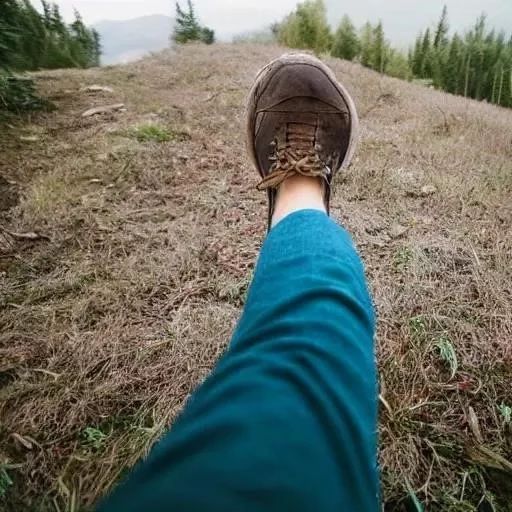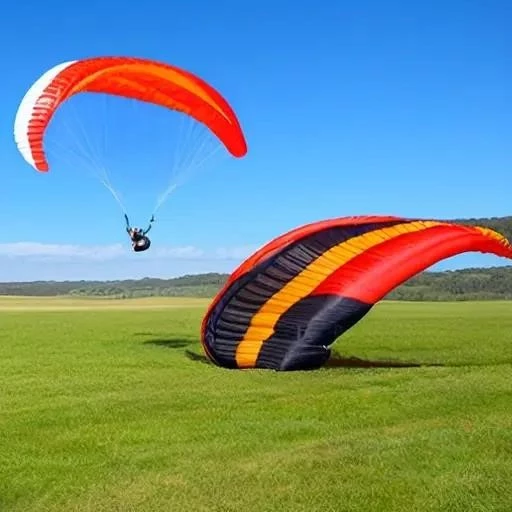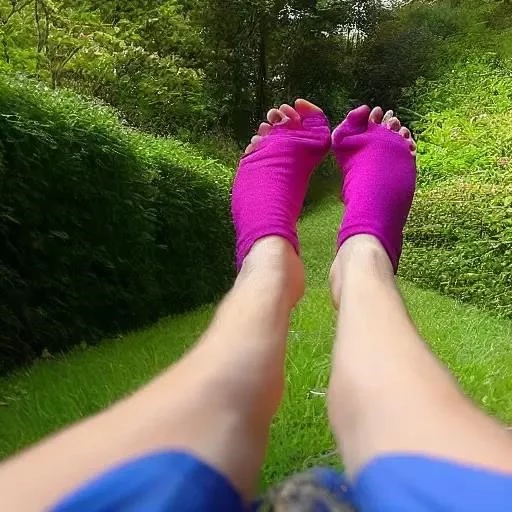For millennia, humans have sought adventure, traversing rugged landscapes and scaling majestic peaks․ Today, as outdoor enthusiasts increasingly flock to trails, the quest for the ultimate hiking experience hinges on one critical, often overlooked element: the perfect boot fit․ Amidst a marketplace brimming with options, Vasque hiking boots have carved out a formidable reputation, celebrated for their durability and remarkable value․ Yet, understanding precisely how these esteemed boots should embrace your unique feet is the true secret to unlocking boundless comfort and preventing those dreaded trail-side woes․
Imagine conquering a 20km trek, feeling not a single blister, but rather an empowering synergy between your stride and your footwear․ This isn’t a distant dream; it’s an achievable reality when your boots are meticulously matched to your anatomy and hiking style․ The impact of a precisely fitting boot profoundly influences everything from your endurance and stability to your sheer enjoyment of nature’s grandeur, transforming a potentially arduous journey into an exhilarating exploration․ By integrating insights from seasoned hikers and industry experts, we can demystify the art and science of securing that ideal Vasque fit, ensuring your adventures are defined by exhilaration, not discomfort․
| Vasque Footwear: Brand & Fitting Essentials | |
|---|---|
| Brand Name | Vasque Footwear |
| Founded | 1964 |
| Headquarters | Red Wing, Minnesota, USA |
| Core Product Focus | High-quality hiking boots and trail footwear for men and women․ |
| Renowned Models | Breeze (popular, comfortable, often minimal break-in), Sundowner (flagship, classic)․ |
| General Sizing Advice | Often true to size, but consider half to one size larger to accommodate foot swelling and thicker socks on long hikes․ Fit varies by model and individual foot shape․ |
| Break-in Period | Many modern Vasque models (like the Breeze) require little to no break-in, feeling comfortable right out of the box․ They become less “new” rather than “broken in․” |
| Key Fitting Philosophy | Fit trumps all other aspects of footwear; a perfect match between foot and boot is paramount for performance and comfort․ |
| Official Website | www․vasque․com |
Beyond the Box: Unpacking Vasque’s Unique Fit Philosophy
Vasque has diligently crafted exceptional boots for decades, with iconic models like the Sundowner boasting a loyal following for over 30 years․ Today, while modern tech hiking shoes often prioritize lightness, Vasque maintains its dedication to robust comfort and reliability․ The Breeze, for instance, a staple for two decades, consistently garners praise for being “comfy” and “burly enough for serious hikes,” frequently spotted on trails across the globe․ Many users report the Breeze feels incredibly comfortable right out of the box, requiring minimal to no break-in, an appealing feature for eager adventurers․
While Vasque boots generally run true to size, a crucial nuance emerges for serious hikers: the recommendation to size up by half to a full size․ This forward-thinking approach accounts for the inevitable foot swelling that occurs during extended, strenuous hikes and provides ample room for thicker, performance-enhancing socks․ As Jory, the founder of Hiking Feet and a former footwear manager at a specialty shop, aptly advises, “fit varies by brand and sometimes within a brand’s lineup․” Understanding this variability is the first step toward tailoring your Vasque experience․
The Art and Science of Achieving Your Perfect Fit
Navigating the labyrinth of hiking boot sizing can initially seem daunting․ Should your toes touch the end? How much space is truly ideal? The overarching principle, reiterated by seasoned pros, is that hiking boots should fit snugly in the heel, preventing lift and slippage, while offering generous room in the forefoot and toe box․ This critical balance ensures your feet don’t feel constricted, allowing your toes to comfortably splay and articulate with each step․ Typically, a half-inch of space between your longest toe and the boot’s tip is the golden standard, roughly the width of a man’s finger or a woman’s thumb․
Proven Methods for Precision Sizing
For those unable to visit an outdoor specialty retailer for professional fitting, several remarkably effective methods can be employed at home or in the store․ These techniques empower you to become your own expert, precisely assessing potential footwear pairings․
Fitting Method 1: Stand on the Insoles․ This deceptively simple yet incredibly insightful technique involves removing the insoles from the Vasque boots and placing them on the floor․ Standing directly on the insoles, carefully position your foot to ensure it’s properly seated in the heel cup․ You’re looking for roughly a half-inch of space between your longest toe and the end of the insole․ This visual assessment bypasses the stiffness of the boot, offering an unobstructed view of how your foot truly aligns with the footbed’s dimensions․
Fitting Method 2: The One-Finger Test․ Once a boot passes the insole test, slip it on and completely loosen all the laces․ Slide your foot forward until your longest toe gently touches the tip of the boot․ Now, have a friend try to slide one finger behind your heel․ If a single finger fits snugly, you’ve likely found a good length․ If more than one finger fits, the boot is too large; if a finger doesn’t fit at all, you need a larger size․ This practical, hands-on test provides immediate feedback on the crucial heel-to-toe length․
While the traditional Brannock device can provide an estimate of your general shoe size, it’s important to remember its origins lie in dress shoe technology․ Consequently, its measurements may not perfectly translate to the specialized lasts and unique shaping employed by hiking boot manufacturers like Vasque․ It serves as an okay starting point, but the insole and one-finger tests offer more precise, activity-specific insights․
Masterful Mismatches: Addressing Common Fit Challenges
Beyond static measurements, environmental factors profoundly influence fit․ When hiking on rugged terrain, heat and activity cause feet to swell, making proper sock choice indispensable․ High-quality cushion socks, like Darn Tough’s offerings, provide strategic padding under the foot, not on top, reducing friction․ For persistent hot spots, a polypro or Coolmax liner sock worn beneath your main sock can perform miracles by wicking moisture and minimizing rubbing․ Don’t underestimate the power of foot lubricants like Bodyglide or even aluminum-based deodorant sticks, which can create a protective barrier against friction․
Crucially, treating hotspots immediately is paramount․ The moment you detect an issue, stop, remove your footwear, wash and thoroughly dry your feet, and clear any debris․ This proactive approach prevents minor irritations from escalating into debilitating blisters․ Furthermore, while the concept of “ankle support” from high boots is often debated, many experienced backpackers comfortably carry significant loads in low-top trail runners․ The key often lies in gradually building body strength over months, rather than relying solely on external gear․ High boots and trekking poles certainly offer support, but understanding alternatives and planning transitions between footwear styles allows your body to adapt, promoting robust, resilient hiking․
The Road Ahead: Embracing a Future of Blister-Free Adventures
The journey to finding your ideal Vasque hiking boot fit is a worthwhile investment, one that promises untold miles of comfortable, joyous exploration․ By diligently applying these expert fitting methods, considering the dynamic needs of your feet on the trail, and embracing a holistic approach to foot care, you are not merely buying a pair of boots; you are investing in a future of unparalleled outdoor experiences․ Vasque’s commitment to quality, combined with your informed approach to fit, creates a formidable partnership, empowering you to tackle any trail with confidence and comfort․
Ultimately, as many seasoned hikers attest, when you discover a brand that perfectly aligns with your foot’s unique contours, the decision becomes a “no brainer․” Keep buying the brand that fits, ensuring every step on your hiking journey is a testament to thoughtful preparation and unmatched comfort․ Happy trails!






